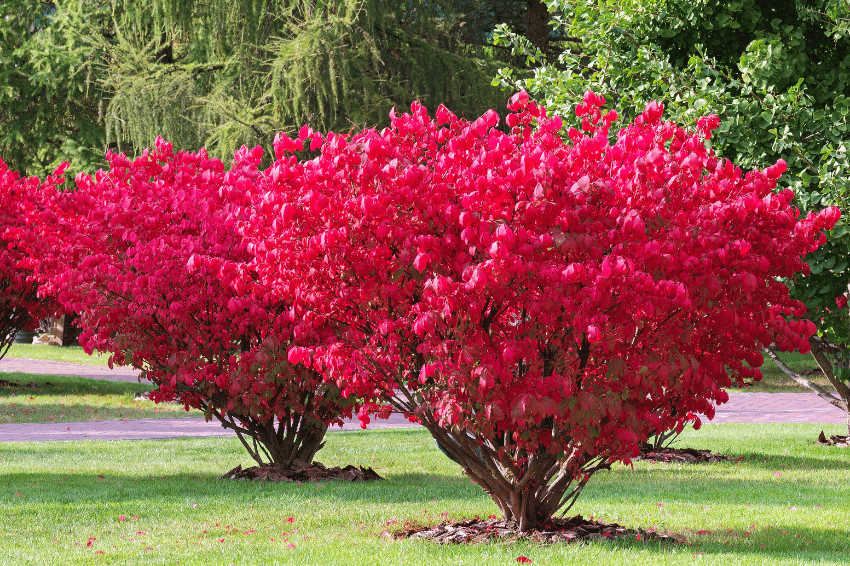Autumn on the North Shore offers a fleeting chance to enrich gardens with deep reds, glowing golds, and warm russets. These colors do more than celebrate the season; they also bridge the visual gap between the last summer blooms and winter’s evergreens. Homeowners in Lake Forest, Hawthorn Woods, Lincolnshire, and Barrington can use the weeks between late August and October to introduce plants that carry the landscape gracefully into colder months.
Understand the Timing
Soil in early fall is still warm enough to encourage root growth, while cooler air reduces stress on new transplants. Many woody shrubs even prefer this window, establishing a root system now and emerging stronger in spring. Aim to finish planting at least four weeks before your region’s average first hard frost. Along Lake Michigan, that date often lands in mid-October, though inland gardens may see frost a week earlier.
Choose Plants That Shine After Labor Day
- Trees – Sugar maple, serviceberry, and ginkgo
Sugar maple paints large properties with sunset hues; serviceberry adds crimson to modest lots; ginkgo stands out with a sudden, brilliant yellow drop. - Shrubs – Fothergilla, dwarf burning bush, and oakleaf hydrangea
Fothergilla delivers orange and burgundy on compact stems; burning bush turns fire-engine red; oakleaf hydrangea combines copper foliage with dried flower heads. - Perennials – Asters, Japanese anemone, and ornamental grasses
Asters attract pollinators until frost; Japanese anemone floats white or pink blooms above bronze foliage; grasses such as ‘Karl Foerster’ catch slanting sunlight in feathery plumes. - Bulbs – Autumn crocus and colchicum
These surprise blooms emerge shortly after planting, offering instant satisfaction and an early-fall focal point.
Layer for Color Continuity
Think of a border in three tiers. Background trees set the tone, mid-height shrubs deliver saturation at eye level, and low perennials or groundcovers weave the palette together. When these layers overlap, the garden remains interesting even as individual plants fade. For example, bronze leaves of oakleaf hydrangea can frame purple asters at the foot of a sugar maple turning orange overhead.
Match Plants to Microclimate
Lake Forest gardens close to the lake enjoy cooler summers and milder falls, favoring moisture-loving maples. Sandy soils in Hawthorn Woods warm quickly but dry fast, suiting drought-tolerant grasses and salvias. Clay pockets in Lincolnshire hold water longer, so choose shrubs with flexible roots such as fothergilla or viburnum. Always amend planting holes with compost to improve structure and drainage, and water deeply once or twice a week until the ground freezes.
Prepare for Long-Term Success
Remove any matted summer annuals before adding new color; lingering debris harbors disease. After planting, spread a two-inch layer of shredded bark to insulate roots and retain moisture, keeping mulch clear of trunks and crowns. Avoid high-nitrogen fertilizer now, since lush late growth may not harden before frost. A light application of compost or a balanced organic blend is sufficient.
Enjoy the Show—Then Plan Ahead
By selecting species with overlapping bloom times and foliage changes, a garden can move seamlessly from the final days of summer into the first snowfall. Once your autumn palette settles in, note gaps that remain and mark them for spring bulb additions or summer perennials next year.
Successful fall planting is equal parts timing, plant choice, and site awareness. With those pieces in place, even a single weekend of work can refresh borders, brighten entry walks, and keep patios vibrant until winter settles over the North Shore. If you are ready to begin, check local inventories early. The most sought-after maples and hydrangeas tend to leave nurseries quickly once leaves start to turn.


